Sales compensation plans are at the heart of your sales strategy. The way your sales team sells will be driven by the way their pay is structured. And the same goes for those around them. At one company I worked at, sales management was paid on revenue, and marketing management was paid on profit margin. Do you think there was friction between the two groups?!
Your comp plan, and particularly bonuses and incentives, should match the overall goals of the organization. If you’re an early-stage start-up, then customer acquisition is king; if being on Fortune’s Fastest Growing list is the aim, revenue beats all; and if you’re in an established market leader, profitability leads the pack.
Mark Roberge, Chief Revenue Officer at Hubspot, describes how the company adapted their sales plan as the company grew, in his excellent book The Sales Acceleration Formula. Hubspot sells a monthly subscription to marketing software.
- Then, they moved to paying $4 per $ to their “top” 25% sales team, sliding down to $1 for their lower performers
- Next, they switched to paying out 25% of the commission each month for the first four months of the subscription payments
The first program was focused on signing as many customers, as quickly as possible. Customer Acquisition was the goal. But after a while, they realized that their churn was high – too many were canceling after a few months. So they boosted payments to the sales reps who had the lowest churn rate (the “top 25”), which forced the team to narrow their focus to the prospects they felt really needed the product, and would stick with it. And finally, by linking commission payments to the revenue velocity, they motivated the sales team to sign annual contracts (and get 100% commission immediately) rather than monthly deals.
The best approach will depend on your product type, industry, sales structure, and corporate goals, amongst others. Here’s a personal example:
In a previous role, at Panasonic, I was marketing a broad range of products through a rep network. The problem we had was that our largest, and best known, product line also had low margins (negative, even). It’s difficult to pay 3rd party reps on profitability, since they typically don’t control the pricing. So we set up a commission program that paid a different percentage on each product family. The low-margin commodity product paid half the commission of standard products; our new technology, higher-margin products, paid double. I’ll be honest, it only worked halfway – sales of the commodity product didn’t go down much. After all, they were easy to sell, and much of it was legacy repeat business. But it did boost the sales of the newer growth products. So without revealing our overall price structure, we were still able to shift the product mix through a profit-based commission plan.
When Sales Incentives Should Be Based on Profit, Not Revenue, from Harvard Business Review, offers four approaches to sales programs (including the one we used at Panasonic). The authors show how to structure a plan, based on the level of influence the sales team have on pricing, and the amount of information you’re willing to share.
The bottom line. If you’re paying your sales team only on revenue, they’ll sign deals all day long that may not make sense for the company overall. It’s not their fault – they’re behaving the way you’re telling them to.
You may not want to change course overnight. Start with a sales contest for a month or quarter, to nudge them towards a particular behavior (number of proposals in a target vertical); or pay a kicker for a deal that matches your “perfect” account. And when you do decide to change their entire comp plan, give them plenty of notice, and explain clearly why this makes sense, and is aligned to the overall goals. And, of course, keep it simple.



